Published Jack Cochran on October 20, 2017
ASTM D8071-17: Standard Test Method for Determination of Hydrocarbon Group Types and Select Hydrocarbon and Oxygenate Compounds in Automotive Spark-Ignition Engine Fuel Using Gas Chromatography with Vacuum Ultraviolet Absorption 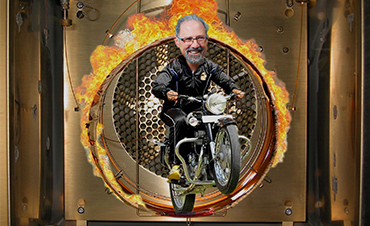 Spectroscopy Detection (GC-VUV) employs a 30m x 0.25mm x 0.25µm “one” type GC column with an oven temperature start of 35°C. We’re often asked if the initial oven temperature can be higher because in some hotter laboratories it can take a very long time for the GC oven to cool to 35°C. While our first recommendation is to follow the ASTM method exactly, the ruggedness of the data processing through VUV Analyze PIONA + does allow flexibility on initial oven temperature to accommodate those labs struggling to hit 35°C in their PIONA GC analysis.
Spectroscopy Detection (GC-VUV) employs a 30m x 0.25mm x 0.25µm “one” type GC column with an oven temperature start of 35°C. We’re often asked if the initial oven temperature can be higher because in some hotter laboratories it can take a very long time for the GC oven to cool to 35°C. While our first recommendation is to follow the ASTM method exactly, the ruggedness of the data processing through VUV Analyze PIONA + does allow flexibility on initial oven temperature to accommodate those labs struggling to hit 35°C in their PIONA GC analysis.
ASTM D8071 uses helium at 1.0 mL/min and a GC oven temperature program of 35°C (10 min), 7°C/min to 200°C, which gives a total run time of 33.57 min. A slight modification to 40°C (10 min), 7°C to 200°C yields a barely faster run time of 32.86 min, so the real throughput gain would be realized in the time savings between cooling the GC oven to only 40°C instead of 35°C.
Table 1 compares results (including Paraffins, Isoparaffins, Olefins, Naphthenes, Aromatics) for a gasoline analyzed as specified with the ASTM GC oven start of 35°C against a start of 40°C.
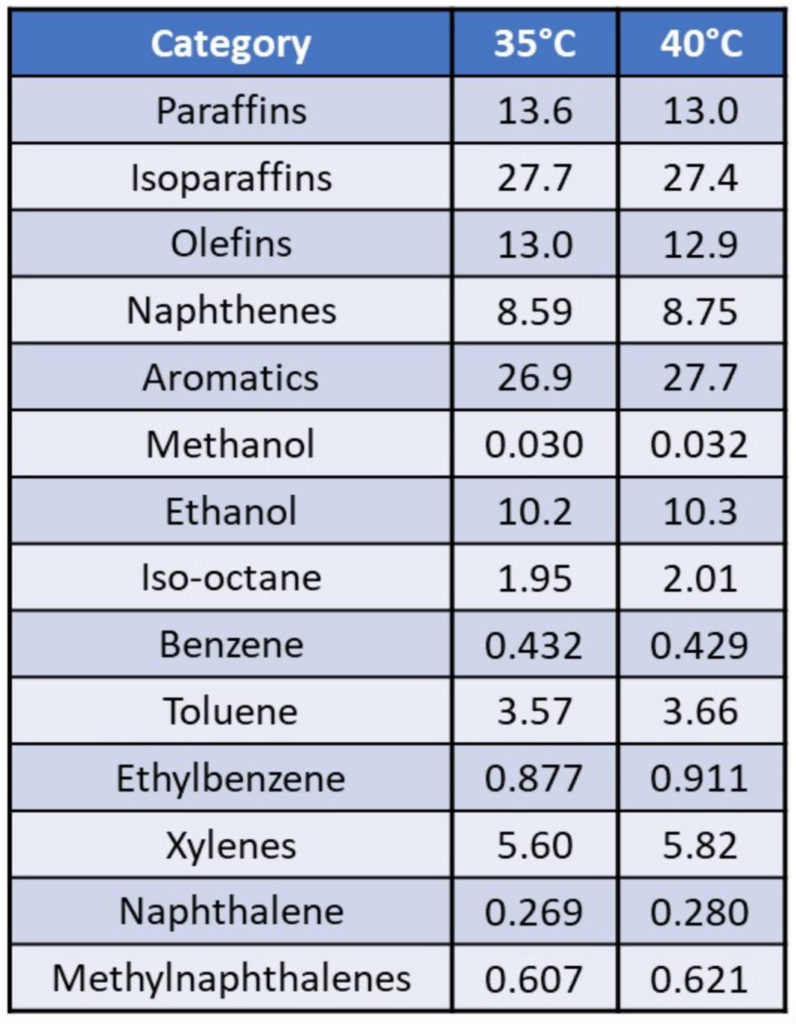
Table 1. E10 gasoline analyzed using ASTM D8071-17: Standard Test Method for Determination of Hydrocarbon Group Types and Select Hydrocarbon and Oxygenate Compounds in Automotive Spark-Ignition Engine Fuel Using Gas Chromatography with Vacuum Ultraviolet Absorption Spectroscopy Detection (GC-VUV), which has a GC oven temperature start of 35°, compared to a slight modification where the GC oven was started at 40°C. All results are in mass %. The reported values are very close to each other, indicating the ruggedness of the VUV spectral deconvolution approach to PIONA determination.
The quantified results are very close to each other even though the chromatograms are obviously different (Figure 1).
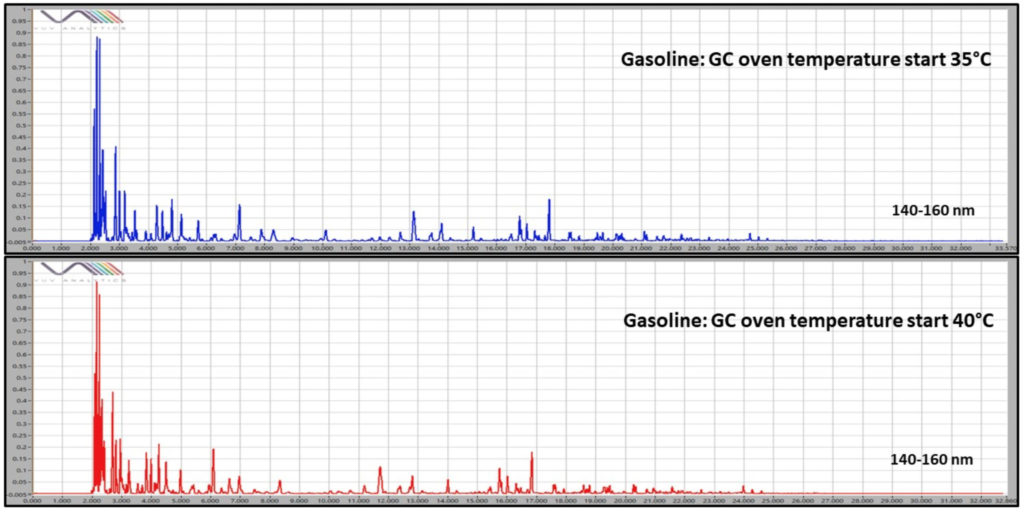
Figure 1. Different GC oven temperature start temperatures give slightly different gasoline chromatograms. Many compounds are eluting earlier with the 40°C oven temperature start.
This modification of the GC oven temperature start is not possible when a flame ionization detector (FID) is used, because coelutions would occur that would corrupt qualitative and quantitative results. In the VUV case, those coelutions are spectrally deconvolved to get the right answers!


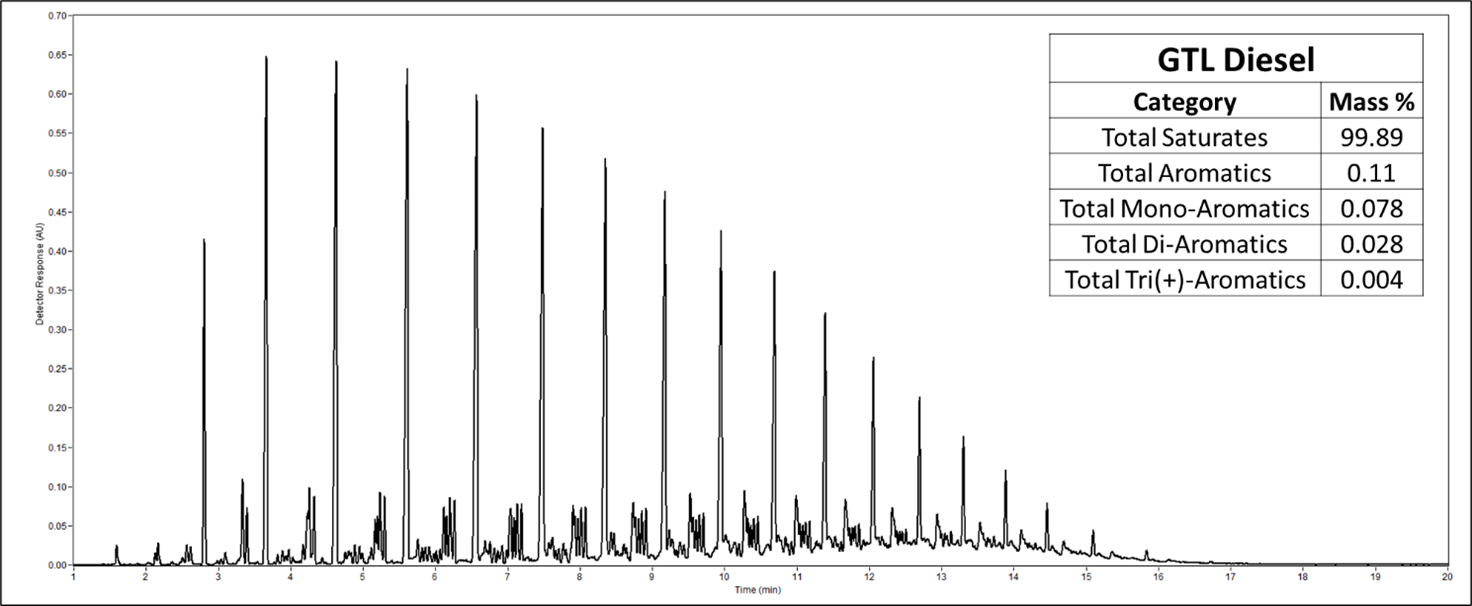
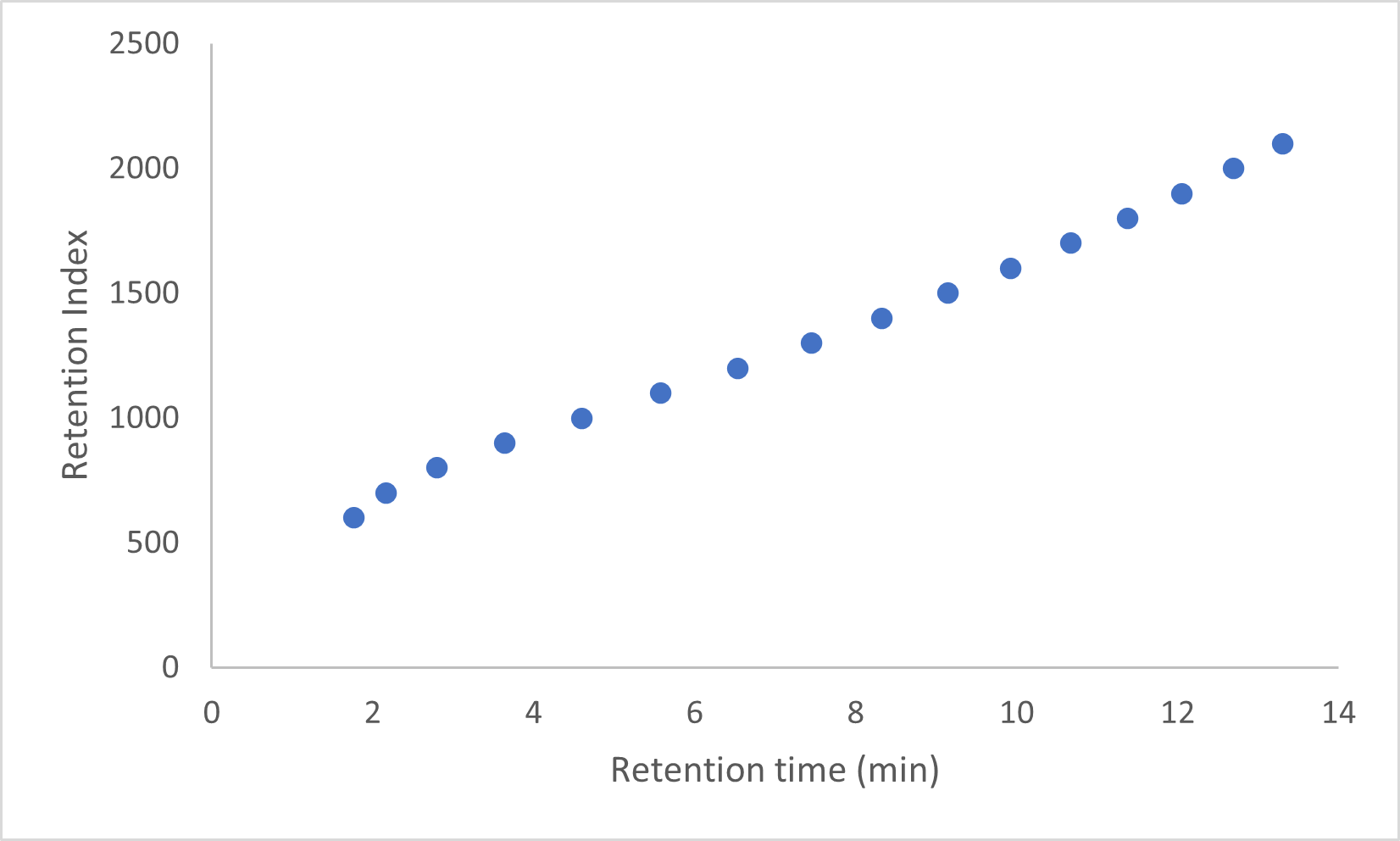
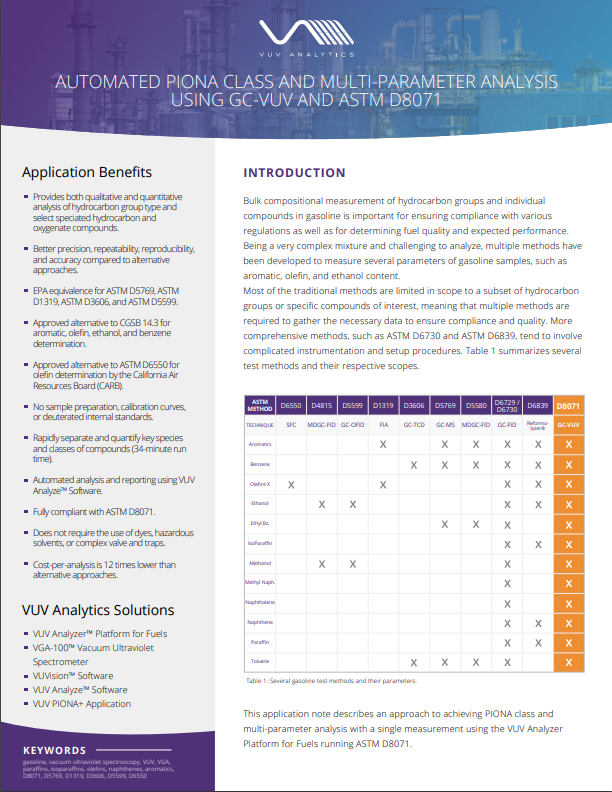





Leave a Reply